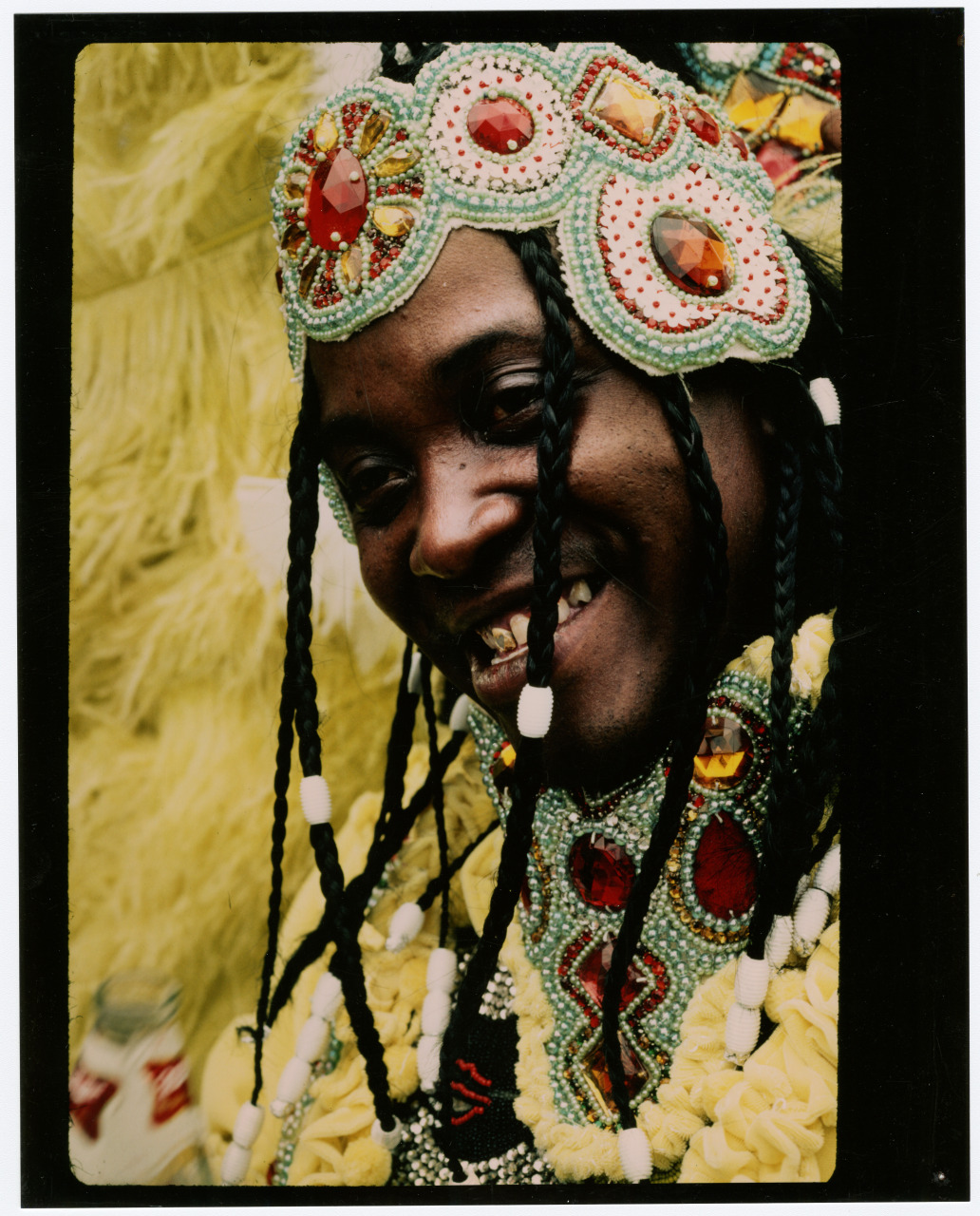Cibachrome, also known as Ilfochrome, is among the most stable of all color photographic print processes. The dyes reside within the emulsion layers, giving the print its characteristic color saturation. The base is a polyester triacetate, rather than fiber-based paper, which adds to the print’s longevity.
Cibachrome is a positive-to-positive photographic process based on the Gasparcolor process, created in 1933 by Bela Gaspar, a Hungarian chemist. Purchased after the merger of Ilford UK and Ciba-Geigy Photochemie of Switzerland, the process was first trademarked and marketed as Cibachrome in 1963.
Cibachrome is a dye-destruction process, meaning that bleach is used to remove the unnecessary dyes from the emulsion. Each Cibachrome print is composed of ten layers containing various combinations of light-sensitive
silver halides and dyes that are sensitive to blue, green, or red light waves. After exposure of a positive, either through an enlarger or by contact printing, the print must be developed with black-and-white developing chemicals. This step creates a silver negative image within the layers. Next, the print must be bleached. The bleaching rids the print of dyes in proportion to the amount of silver that has been developed in the previous step and produces a positive dye image in color. The print must then be fixed to prevent further development and washed to rid it of extraneous chemicals that could cause degradation.
The Cibachrome process was first marketed to professionals but was simplified over time and marketed to amateurs, particularly those seeking to make prints from their color slides. In 2011, Cibachrome/Ilfochrome products were discontinued due to waning popularity and the ascendancy of digital photography.

Mardi Gras Indian
Cibachrome print; ca. 1980
by Christopher Porché West
The Historic New Orleans Collection, gift of Christopher West, 1984.193.5
